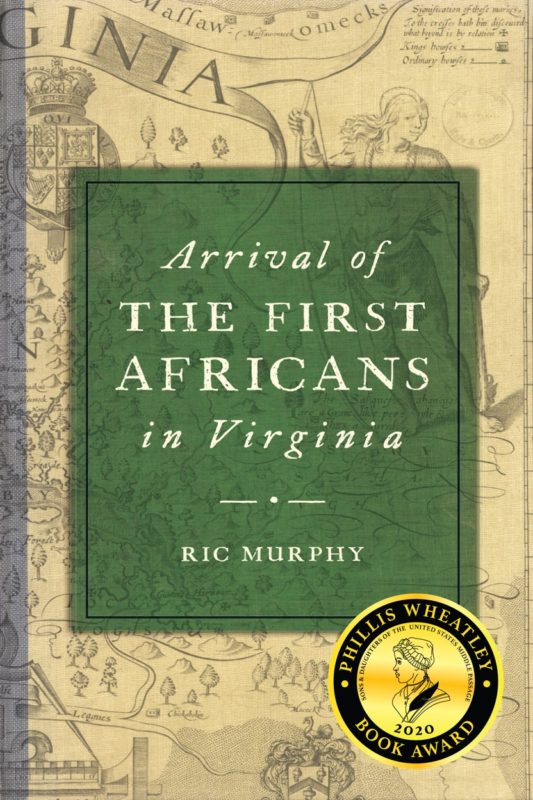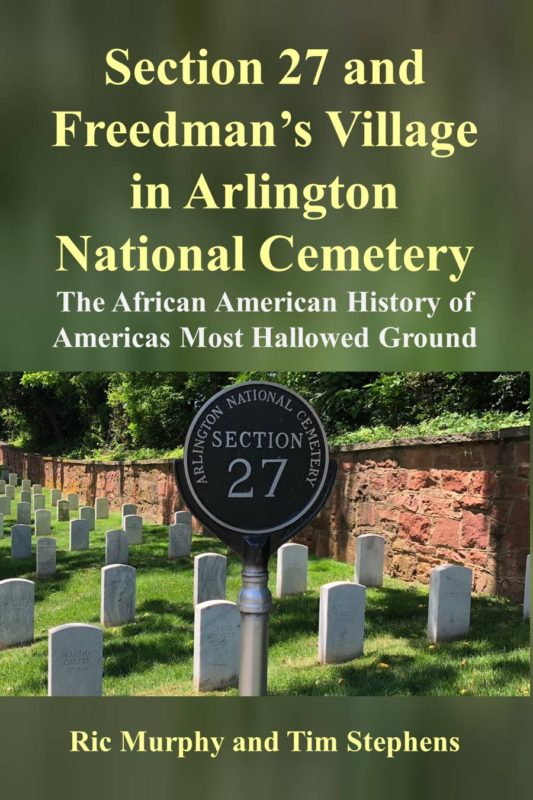Arrival of the First Africans in Virginia
In 1619, a group of thirty-two African men, women and children arrived on the shores of Virginia. They had been kidnapped in the royal city of Kabasa, Angola, and forced aboard the Spanish slave ship the San Juan Bautista. The ship was attacked by privateers, and the captives were taken by the English to their New World colony. This group has been shrouded in controversy ever since. Historian Ric Murphy documents a fascinating story of colonialism, treason, piracy, kidnapping, enslavement and English law.
More info →Section 27 and Freedman’s Village in Arlington National Cemetery: The African American History of America’s Most Hallowed Ground
From its origination, Arlington National Cemetery's history has been compellingly intertwined with that of African Americans. Section 27, the winner of the Phillis Wheatley Award for Historical Nonfiction Historical Research-Era--Sons & Daughters of the United States Middle Passage book explains how the grounds of Arlington House, formerly the home of Robert E. Lee and a plantation of the enslaved, became a military camp for Federal troops, a freedmen's village and farm, and America's most important burial ground. During the Civil War, the property served as a pauper's cemetery for men too poor to be returned to their families, and some of the very first war dead to be buried there include over 1,500 men who served in the United States Colored Troops. More than 3,800 former slaves are interred in section 27, the property's original cemetery.
More info →








